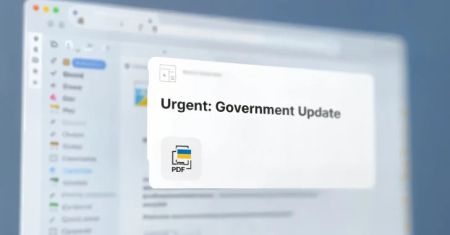CWE-942 - Permissive Cross-domain Policy with Untrusted Domains
- Abstraction:Variant
- Structure:Simple
- Status:Incomplete
- Release Date:2014-06-23
- Latest Modification Date:2024-02-29
Weakness Name
Permissive Cross-domain Policy with Untrusted Domains
Description
The product uses a cross-domain policy file that includes domains that should not be trusted.
A cross-domain policy file ("crossdomain.xml" in Flash and "clientaccesspolicy.xml" in Silverlight) defines a list of domains from which a server is allowed to make cross-domain requests. When making a cross-domain request, the Flash or Silverlight client will first look for the policy file on the target server. If it is found, and the domain hosting the application is explicitly allowed to make requests, the request is made. Therefore, if a cross-domain policy file includes domains that should not be trusted, such as when using wildcards, then the application could be attacked by these untrusted domains. An overly permissive policy file allows many of the same attacks seen in Cross-Site Scripting (CWE-79). Once the user has executed a malicious Flash or Silverlight application, they are vulnerable to a variety of attacks. The attacker could transfer private information, such as cookies that may include session information, from the victim's machine to the attacker. The attacker could send malicious requests to a web site on behalf of the victim, which could be especially dangerous to the site if the victim has administrator privileges to manage that site. In many cases, the attack can be launched without the victim even being aware of it.
Common Consequences
Scope: Confidentiality, Integrity, Availability, Access Control
Impact: Execute Unauthorized Code or Commands, Bypass Protection Mechanism, Read Application Data, Varies by Context
Notes: An attacker may be able to bypass the web browser's same-origin policy. An attacker can exploit the weakness to manipulate or steal cookies, create requests that can be mistaken for those of a valid user, compromise confidential information, or execute malicious code on the end user systems for a variety of nefarious purposes. Other damaging attacks include the disclosure of end user files, installation of Trojan horse programs, redirecting the user to some other page or site, running ActiveX controls (under Microsoft Internet Explorer) from sites that a user perceives as trustworthy, and modifying presentation of content.










